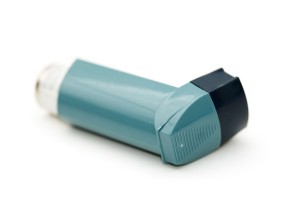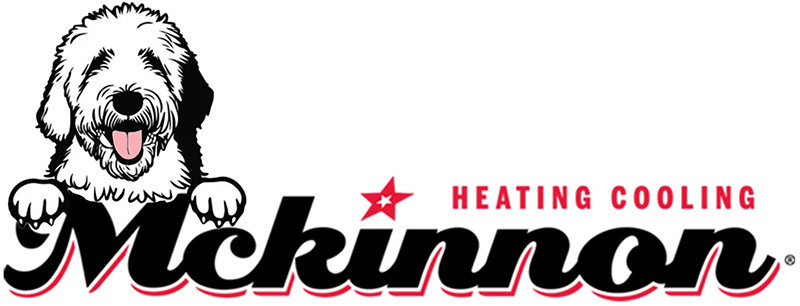 Positive indoor air quality can be tough to maintain during the winter months when the house is closed up tight. But it is important to do everything you can to keep your home healthy. Immediate effects of poor indoor air quality can be seen after just a single exposure and include headaches, dizziness, fatigue, and itchy eyes, nose, and throat. Asthma and chemical sensitivities can also be aggravated by exposure to indoor pollution. Chronic sensitivity may also build up over time.
Positive indoor air quality can be tough to maintain during the winter months when the house is closed up tight. But it is important to do everything you can to keep your home healthy. Immediate effects of poor indoor air quality can be seen after just a single exposure and include headaches, dizziness, fatigue, and itchy eyes, nose, and throat. Asthma and chemical sensitivities can also be aggravated by exposure to indoor pollution. Chronic sensitivity may also build up over time.
Although what levels and periods of exposure that can bring on health issues varies greatly from person to person, long-term effects of indoor air pollution include respiratory disease, heart disease, and cancer. There are three main ways you can improve the air quality in your home: source control, ventilation improvements, and air cleaners or purifiers.
Source control means finding sources of pollution and making them operate more efficiently so fewer pollutants are created. For example, you could have a gas emissions problem from a stove that needs maintenance. You can adjust it in order to lower its emissions. Often, source control is a more cost-effective way to remedy poor air quality than ventilation because increased ventilation can significantly increase energy costs.
Increased ventilation is a great way to control poor indoor air by bringing fresh indoor air into circulation. Especially because the average heating systems does not bring fresh air into the home, opening windows and doors when weather permits provides a great benefit. Obviously you can’t do this during the cold months but if you have the budget, adding ventilation to your current heating system is a great idea.
Third, use air purifiers. When purchasing an air purifier, it’s important to understand everything the machine is meant to do. For instance, most air purifiers capture particulate matter but do not remove gas and other chemicals. Activated carbon filters are needed in order to remove gas and chemicals.
Additionally, it’s important to get an air purifier that has the proper capacity for the job. This depends on factors such as pollutant levels, sensitivity, and room size. You will need more than one to purify your entire home.
Here is a brief list of other ways to reduce your indoor pollution levels:
– Use non-toxic cleaning products
– Keep bedding clean
– Look for low- or no-VOC products for hobbies and home improvement
– Avoid dry-cleaning your clothes
– Clean mold-prone areas of your home
– Change the filters in your heating unit regularly

